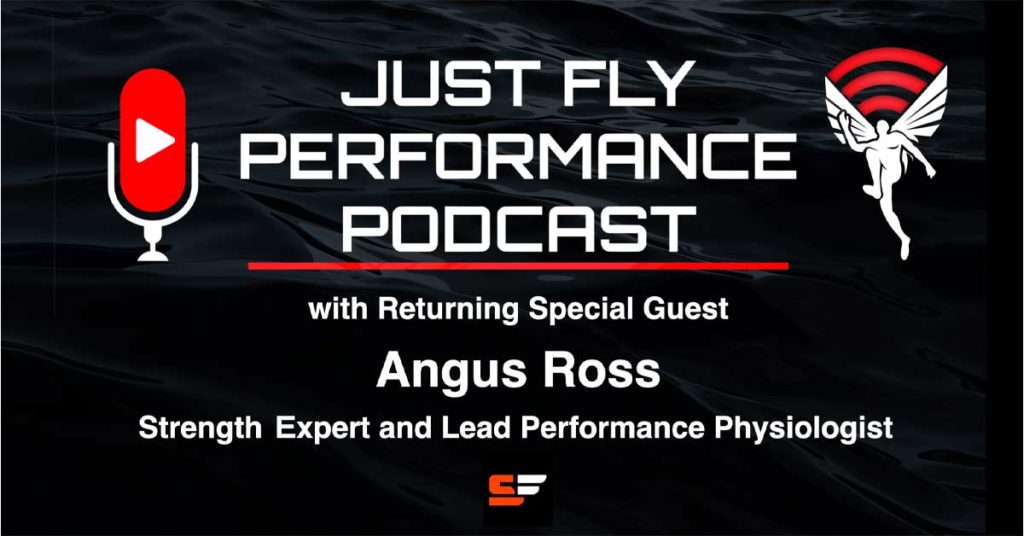
Angus Ross is a strength expert and Lead Power Physiologist for High Performance Sport New Zealand. He works extensively with track and field athletes and has also worked with a number of sports at an elite level within the NZ system, including sprint cycling and skeleton. Ross has also practiced within the Australian higher education system, with stints at both the Queensland Academy of Sport and the Australian Institute of Sport.
Ross has a Ph.D. in exercise physiology from the University of Queensland and a bachelor’s degree in physical education and physiology from New Zealand’s University of Otago. He is also a Winter Olympian in his own right, competing in bobsledding at both the 1998 and 2002 Winter Games.
In episode 36, Angus took us deep into his expertise in the use of eccentric, isometric, and plyometric training and how they fit into the total training process. In this episode, he expands on these ideas, giving an in-depth look at double versus single leg stiffness and how that is trained for in team sport athletes versus track and field sprinters. He shares his learning on the benefits and timing of the use of plyometrics versus overloaded eccentric training and how to look at using these methods in the course of a training year.
In this podcast, Angus Ross and Joel discuss:
- The use of maximal and overcoming isometrics in place of plyometrics.
- His most recent methods in the use of training variation to stimulate athletic development.
- How to program exercises for the fascial-driven athlete.
- Periodization planning for use of isometric and eccentric programming.
- His method of four-week block training.
- The importance of changing the training stimulus on a regular basis.
Podcast total run time is 1:06:45.
Angus Ross also discusses eccentric training in this Freelap Five interview.
Keywords: isometric training, eccentric, velocity-based training, plyometrics
